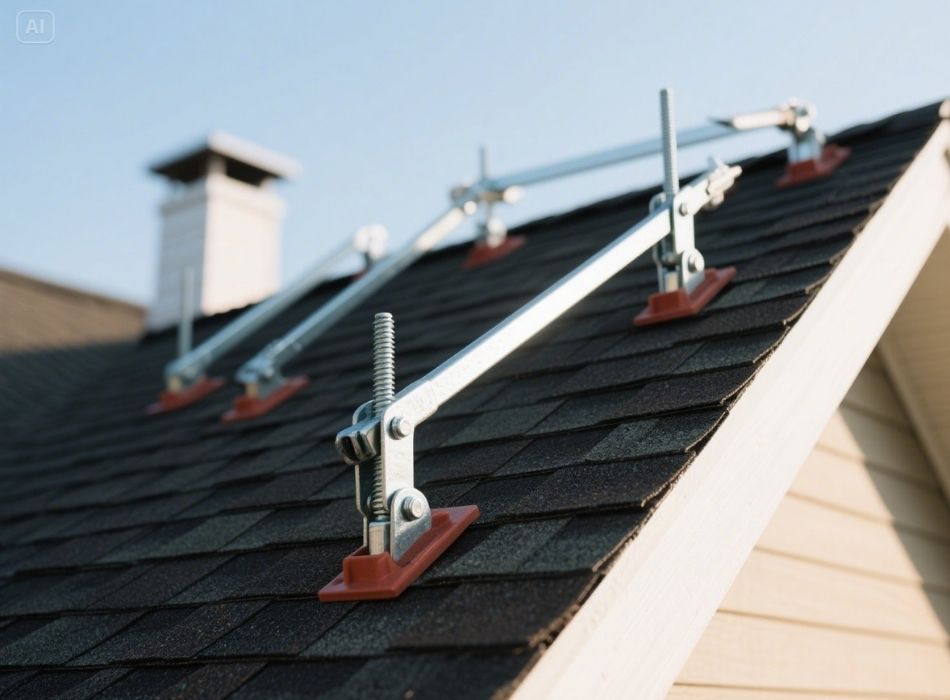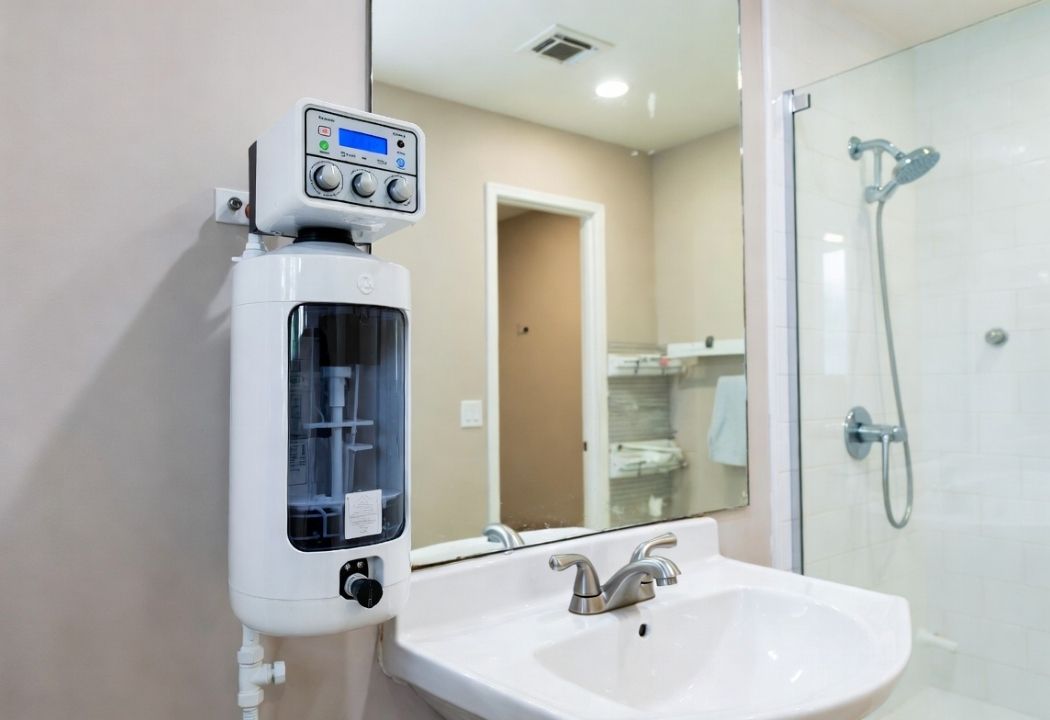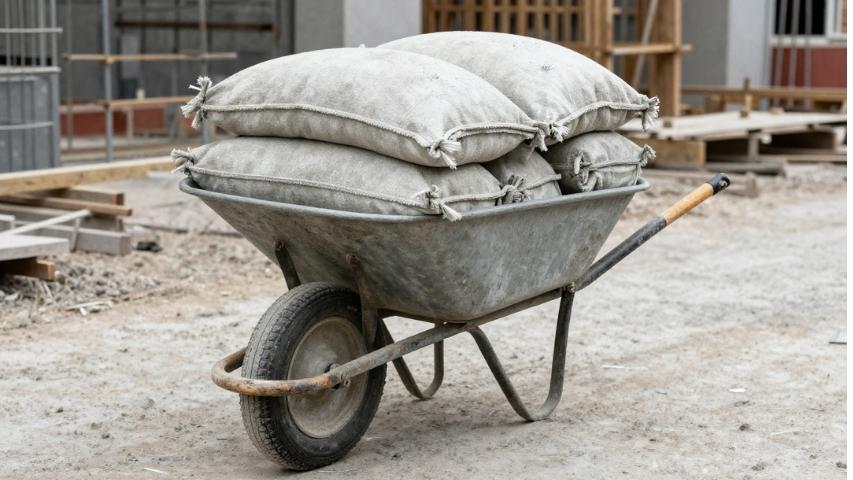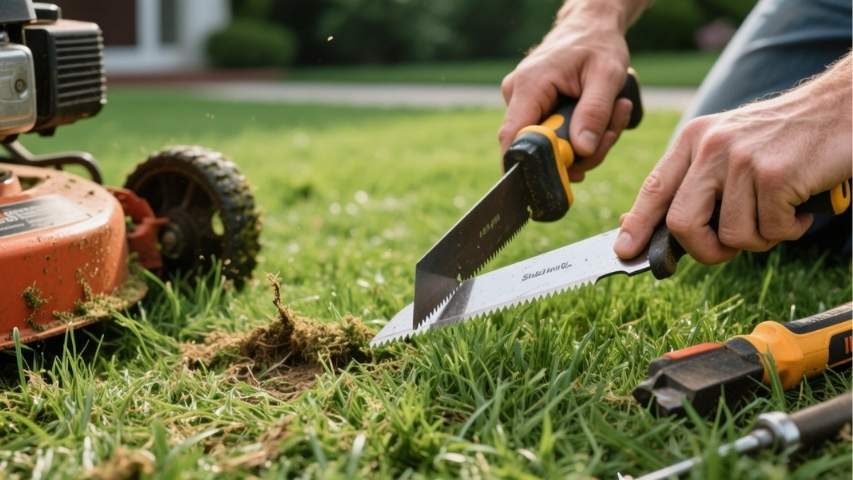When it comes to roofing, safety and efficiency go hand in hand. Whether you’re a professional contractor, a construction expert, or a DIY enthusiast taking on your roofing project, roof jacks are an essential tool you can’t skip. They provide a stable surface to work on while helping you avoid the risks of navigating steep or slippery roofs.
This guide covers everything you need about roof jacks, including their types, installation process, safety precautions, and maintenance tips. By the end of this article, you’ll understand why roof jacks are indispensable for roofing projects, big and small.
What Are Roof Jacks and Why Are They Important?
Roof jacks, in simple terms, are tools that attach to the roof’s surface to provide a stable platform or foothold while working on pitched roofs. They are typically used during roof installation, repair, or maintenance tasks. Roof jacks are designed to accommodate planks or wooden boards, creating a safe and sturdy surface for walking or storing tools.
Working on sloped roofs can be extremely dangerous without roof jacks, increasing the chances of falls or accidents. But with proper jacks in place, you’ll improve safety and speed up your productivity.
Types of Roof Jacks
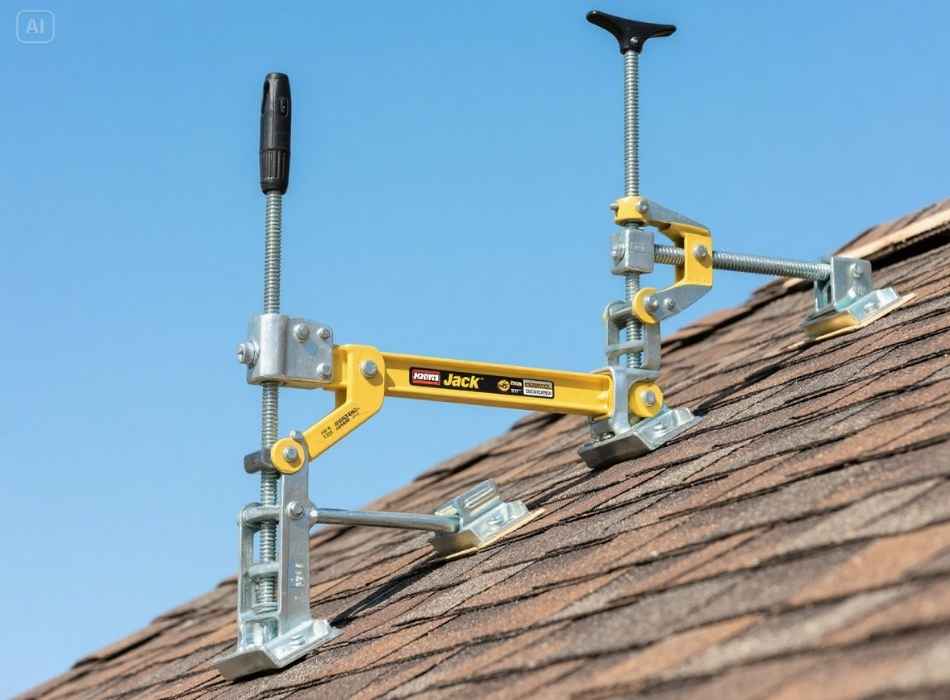
The type of roof jack you choose depends on the roofing material, slope, and task. Below are some of the most common roof jacks on the market:
1. Fixed Roof Jacks for Standard Pitches
Fixed roof jacks are the most commonly used type and are perfect for asphalt shingle roofs with standard pitches. They are affordable, durable, and typically made of heavy-duty steel. Once installed, they offer a flat platform for workers and tools.
Example: A contractor installing fixed roof jacks on an asphalt shingle roof during a home repair to stabilize their working platform.
2. Adjustable Roof Jacks
Adjustable roof jacks are designed to accommodate roofs with varying pitches. They feature movable brackets that can be adjusted to the angle of the roof, making them ideal for projects with steep-sloped tile roofs or metal roofing.
Example: DIY homeowners using adjustable roof jacks to improve footing on a steeply sloped residential roof while handling maintenance tasks.
3. Metal Roof Jacks
Specifically designed for metal roofing, these jacks often include rubber seals to prevent damage to the metal panels. They are installed with screws or clamps that are compatible with the unique structure of a metal roof.
Example: During commercial solar panel installation, contractors use metal roof jacks to create a safe surface for precise alignment work.
4. Heavy-duty industrial Roof Jacks
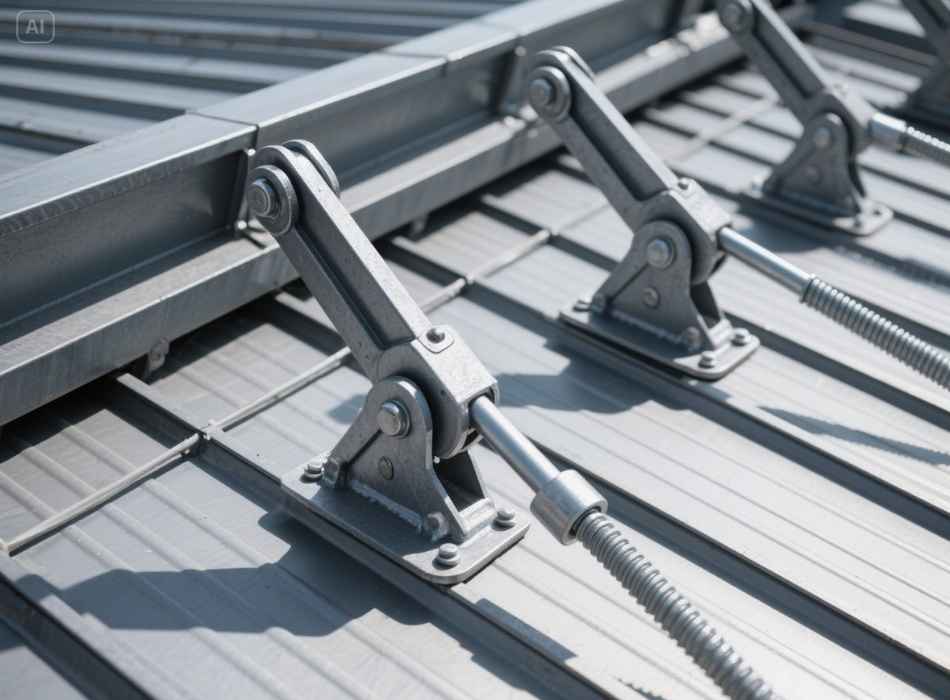
These are built for large-scale commercial or industrial projects that require extra durability and support. Heavy-duty roof jacks are often paired with multi-layered boards to handle additional weight. They are an ideal choice for installations on metal roofs.
Example: Heavy-duty roof jacks are essential for industrial buildings such as warehouses and factories to ensure the stability and safety of solar panel installation.
Benefits of Using Roof Jacks for Solar Panel Installation
- Provides a secure base: Roof jacks offer a stable and level surface for solar panels, ensuring they are securely attached to the roof.
- Protects the integrity of roofing materials: By evenly distributing weight and preventing direct contact between the panels and the roof, roof jacks help protect the roofing material from damage or wear.
- Allows for precise alignment: With adjustable height options, roof jacks allow for accurate positioning of solar panels, ensuring maximum exposure to sunlight.
- Easy maintenance and inspection: Roof jacks make it easier for technicians to access and inspect solar panels, making routine maintenance tasks more efficient.
- Versatile installation options: Roof jacks can be used on various roofing materials, including asphalt shingles, metal roofs, and flat roofs.
Additional Benefits of Using Roof Jacks for Solar Panel Installation:
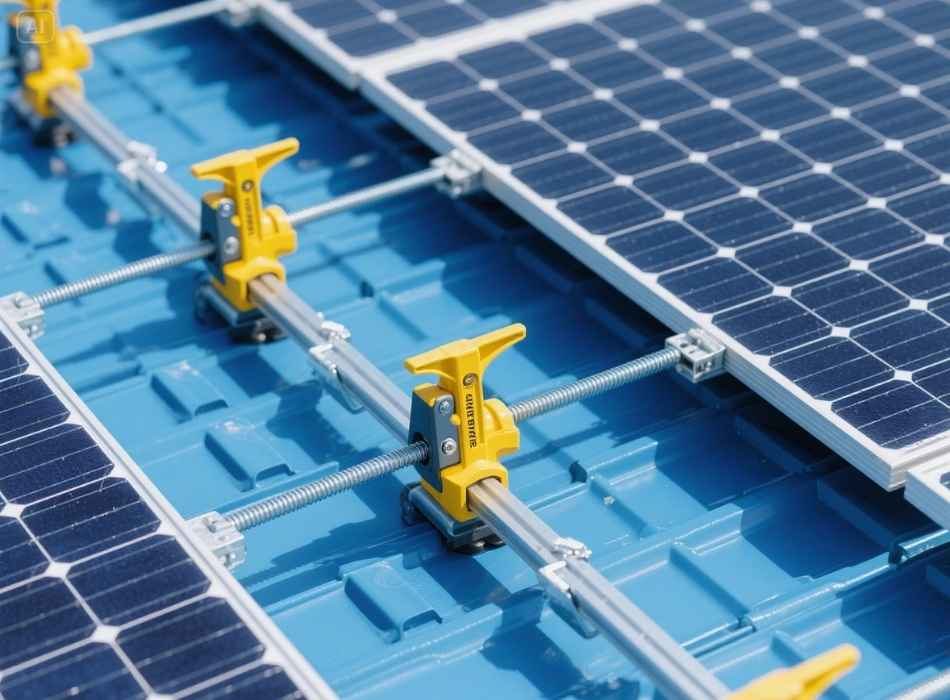
- Increased Durability: By providing a secure base for solar panels, roof jacks help improve the overall durability of your solar panel system. This is especially important in areas prone to extreme weather conditions such as strong winds or heavy snowfall.
- Cost-effective: Installing roof jacks may require an initial investment, but it can save you money in the long run. By properly securing your solar panels, you may avoid costly repairs or replacements due to damage caused by improper installation.
- Better Energy Efficiency: With roof jacks, your solar panels are elevated slightly above the surface of your roof. This allows for better air circulation and reduces heat buildup under the panels, improving energy efficiency.
- Easy Maintenance: Roof jacks make it easier to access your solar panels for maintenance and cleaning purposes. This helps ensure that your panels are functioning at their optimal level and increases their lifespan.
- Versatility: As mentioned before, roof jacks can be used on various roofing materials. This makes them a versatile solution for homeowners installing solar panels on their existing roofs.
- Cost-Effective: Installing roof jacks is a cost-effective way to mount your solar panels. They are inexpensive and can be easily installed by a professional or even as a DIY project. This cuts down on the overall cost of solar panel installation, making it more accessible for homeowners.
- Better Aesthetics: With traditional ground-mounted solar panel systems, panels can take up valuable yard space and may not blend in with the overall aesthetics of your home. Roof jacks provide a sleek and streamlined look, allowing your solar panels to seamlessly integrate with your roofline and maintain the overall appearance of your
Example: A team of roofing professionals using heavy-duty jacks for a warehouse roof installation.
Selecting the correct type of roof jack for your project will ensure safety and efficiency, regardless of the roofing material or slope.
Step-by-Step Guide to Installing Roof Jacks
Installing roof jacks may sound intimidating, but it’s straightforward. Here’s a step-by-step guide to ensure safe and effective installation:
Step 1: Choose the Right Location
Identify a section of the roof that’s stable and can handle the weight of the jack and accompanying platform. Make sure this location allows easy access to your work area.
Step 2: Mark Placement Points
Use a pencil or chalk to mark where the roof jacks will be installed. Ensure spacing is wide enough to support the wooden plank or platform securely.
Step 3: Attach the Roof Jacks
Position the roof jacks along the marks and nail them into place. Use galvanized nails to prevent rusting and ensure durability. If working on a metal roof, make sure to use compatible screws or clamps.
Step 4: Install the Platform
Place a sturdy wooden plank or board on the jacks, ensuring it fits securely. This platform will serve as your walking and working surface.
Step 5: Test the Stability
Before stepping onto the platform, gently apply pressure to confirm it’s secure and can handle the intended weight. Make any necessary adjustments to prevent accidents.
Step 6: Use Proper Safety Equipment
When working on a roof, wearing the appropriate safety gear is essential. This includes a hard hat, gloves, and non-slip footwear. Consider using a safety harness for added protection.
Additionally, ensure someone else is present when working on a roof for extra support and assistance in accidents or emergencies. It’s also recommended that a first aid kit be provided nearby in case of any minor injuries.
In addition to wearing safety equipment, be mindful of weather conditions before starting the project. Avoid working on the roof during storms or high winds, as it can be hazardous.
Step 7: Plan Your Work and Take Breaks
It’s essential to have a plan before starting any roofing project. This will help you stay organized and ensure the task is completed efficiently. Create a list of tasks and set realistic time frames for each one. It’s also helpful to break down larger tasks into smaller, more manageable ones.
Remember to take breaks throughout the project. Roofing work can be physically demanding, and you must give your body during tasks. This is important to keep you safe from exhaustion or strain and help you maintain focus and prevent mistakes.
Step 8: Keep Your Workspace Clean
An organized workspace is crucial for any successful roofing project. It
Pro Tip: Use multiple rows of roof jacks for larger or higher roof sections to create a safer work environment. Additionally, regularly clean up any debris or materials from your work area. This will not only keep you safe from tripping hazards, but it will also help prevent damage to the roof and surrounding areas.
Step 9: Follow Safety Protocols
When working on a roofing project, safety protocols must always be followed. This includes wearing appropriate protective gear such as non-slip shoes, gloves, and helmets. You should also have a safety harness and fall protection system in place for higher sections of the roof.
Pro Tip: Have a first aid kit readily available for accidents or injuries.
Step 10: Inspect Your Work Regularly
As you work on your roofing project, it’s essential to inspect your work regularly to ensure quality and safety. This includes checking for loose or damaged shingles, ensuring all materials are correctly installed, and double-checking measurements.
Pro Tip: Have a second person assist with inspections to catch any missed errors.
Safety Measures When Using Roof Jacks
Roof work is inherently risky, so following these safety measures is critical:
- Wear Proper Safety Gear: Always wear non-slip shoes, a hard hat, and a safety harness when working on pitched roofs.
- Secure the Ladder: Ensure the ladder you use to access the roof is stable and properly anchored.
- Double-Check Installations: Ensure all jacks and boards are firmly secured before stepping onto the platform.
- Avoid Overloading: Never exceed the weight capacity of the roof jack or platform. Check with the manufacturer for specific limits.
- Work in Good Weather: Avoid installing or using roof jacks in rainy, windy, or icy conditions to minimize risks.
- Proper Footwear: Wear sturdy and non-slip footwear for better traction on the roof.
- Remove Debris: Clear any debris or obstacles from the roof before installing jacks to prevent accidents.
- Use Personal Protective Equipment (PPE): Wear appropriate PPE, such as a hard hat, safety glasses, and gloves, to protect yourself from potential hazards.
- Work with a Partner: Having someone else with you is always best while working on a pitched roof. This allows for assistance in case of an emergency or accident.
Maintenance Tips for Roof Jacks
Proper maintenance ensures your roof jacks last longer and continue to function safely. Here are some key tips:
- Inspect Regularly: Check roof jacks for damage, rust, or wear after every use. Replace damaged jacks immediately.
- Clean After Use: Remove dirt, debris, and moisture from the jacks to prevent rust.
- Store Properly: When not used, store roof jacks in a dry, cool place to minimize exposure to the elements.
- Check Nails and Screws: Before reuse, inspect the nails or screws used for previous installations and replace them if necessary.
- Use Proper Safety Gear: Always wear the appropriate personal protective equipment (PPE) for roof jacks, including gloves and safety glasses.
- Follow Manufacturer’s Instructions: Read and follow the manufacturer’s instructions for installing and using the roof jacks.
- Avoid Overloading: Do not exceed the weight limit recommended by the manufacturer when using roof jacks.
- Secure Properly: Ensure the jack is securely fastened to the roof surface before using it.
- Check for Stability: Before stepping on a roof jack, check its stability by gently rocking it back and forth.
- Work in Pairs: It is recommended to work in pairs when using roof jacks, with one person footing the ladder and the other working on the roof.
- Use Protective Gear: Always wear protective gear such as gloves, safety glasses, and a hard hat when working with roof jacks.
- Inspect your roof jacks regularly for any signs of wear or damage, and replace them if necessary.
- Proper Disposal: When disposing of old or damaged roof jacks, follow appropriate disposal methods according to local regulations.
Why Roof Jacks Are a Must-Have for Roofing Projects
Roof jacks are an essential tool for anyone working on pitched roofs. They save you time, reduce risks, and improve overall productivity, making roofing jobs significantly easier and more efficient. Whether you’re a contractor handling commercial-scale roofing or a homeowner tackling a simple repair, roof jacks deserve a spot in your toolkit.
With the right type, careful installation, and proper safety precautions, you can handle any roofing challenge that comes your way.







